Why Are Orchids So Hard to Keep Alive? (Quick Answer)
Orchids are often considered hard to keep alive due to their specific care needs, such as proper watering, humidity, light, and temperature, which differ greatly from typical houseplants. However, with the right techniques, like placing them near a south-facing window, avoiding excess water, and understanding their unique biology, you can successfully keep orchids alive and thriving.
Orchids possess an almost otherworldly beauty. Their delicate, intricate blooms can transform any room into a tropical paradise. Yet, for every stunning orchid display, there’s a story of a wilted, yellowing plant that met an untimely end. If you’ve ever found yourself asking, “Why are orchids so hard to keep alive?” or struggled with keeping orchids alive, you’re certainly not alone. This reputation for being difficult is widespread, but is it truly deserved?
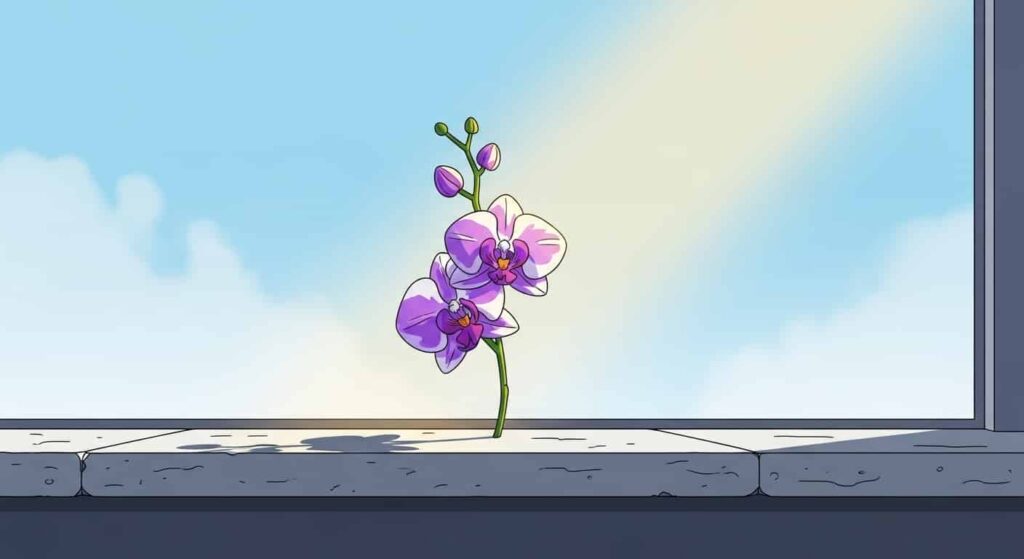
This comprehensive guide will demystify the art of orchid care. We’ll explore the core reasons they can be so challenging, provide actionable tips on how to keep an orchid alive, and dive deep into topics like repotting, troubleshooting common issues, and understanding different orchid varieties. With the right knowledge, keeping an orchid alive is not just possible, it’s incredibly rewarding.
Understanding Orchids: Why Are They So Hard to Grow?

The primary reason why orchids are hard to grow is that their needs are fundamentally different from most common houseplants. The majority of orchids sold commercially are epiphytes. In their native habitats—the lush rainforests of Asia, South America, and Central America—these plants don’t grow in soil. Instead, they cling to the bark of trees, using their specialized roots to absorb moisture and nutrients from the air and rain.
When we bring an orchid indoor plant home and treat it like a fern or a pothos, we set it up for failure. Here are the specific reasons why orchids are hard to keep alive:
- Unique Root System: Orchid roots are designed for air, not dense soil. They need excellent airflow to prevent rot. When packed in standard potting soil, the roots suffocate and die, leading to the plant’s decline.
- Precise Watering Needs: Overwatering is the number one killer of household orchids. Because their roots are adapted to cycles of drenching rain followed by periods of drying, constant dampness from excess water is a death sentence. It’s a delicate balance that many new owners find tricky.
- High Humidity Requirements: Orchids thrive in humidity levels of 50-70%, a stark contrast to the 10-20% humidity found in many centrally heated or air-conditioned homes. This disparity can stress the plant, causing buds to drop and leaves to wither.
- Specific Light Conditions: While they need bright light to flourish and bloom, direct, harsh sunlight will scorch their leaves. Finding that perfect spot, like near a south-facing window with a sheer curtain, can be a challenge.
- Temperature Sensitivity: Most popular orchids prefer a consistent daytime temperature between 65-75°F (18-24°C), with a slight drop at night to encourage blooming. Sudden drafts or placement near heating vents can disrupt this delicate balance.
So, are orchids hard to take care of? Yes, if you don’t understand their unique environmental needs. But once you learn to mimic their natural habitat, you’ll discover they are surprisingly resilient.
A Deeper Dive into Orchid Varieties and Their Care
Not all orchids are created equal. While Phalaenopsis orchids are the most common, thousands of varieties exist, each with slightly different needs. Understanding your specific type of orchid is the best way to keep orchids alive.
1. Phalaenopsis (Moth Orchids)
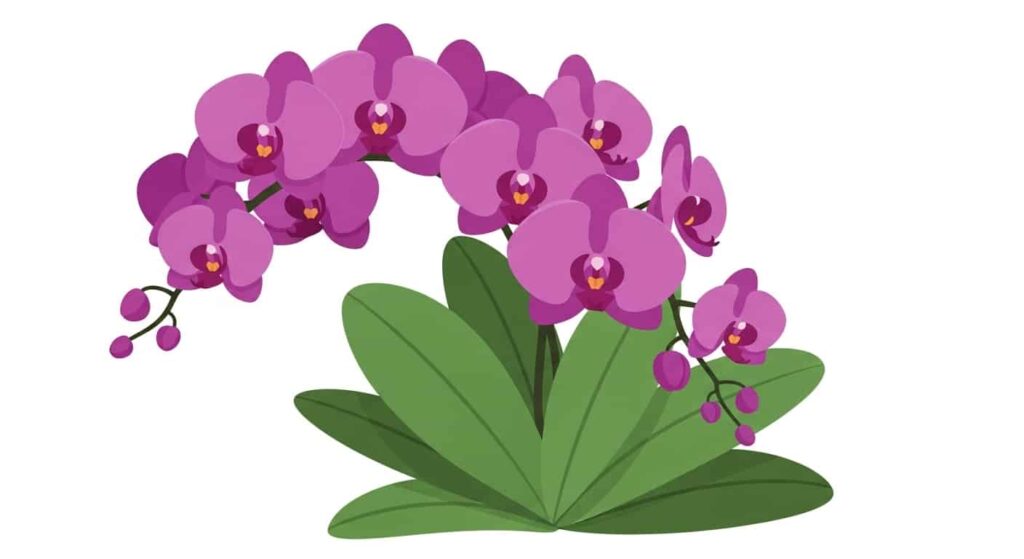
The quintessential beginner’s orchid, the Phalaenopsis orchid, or moth orchid, is known for its long-lasting, elegant sprays of flowers. They are considered one of the easier varieties, making them a great starting point for anyone learning how to keep an orchid plant alive.
- Light: Low to medium indirect light. An east-facing window is perfect. They can also thrive in a shaded south-facing window.
- Water: Water thoroughly when the potting medium is nearly dry, typically every 7-10 days. The roots will turn a silvery-green when thirsty.
- Temperature: Prefers consistent temperatures between 65-80°F (18-27°C). Avoid temperatures below 60°F (15°C).
- Blooming: To encourage reblooming, expose the plant to slightly cooler nighttime temperatures for several weeks.
2. Dendrobium Orchids
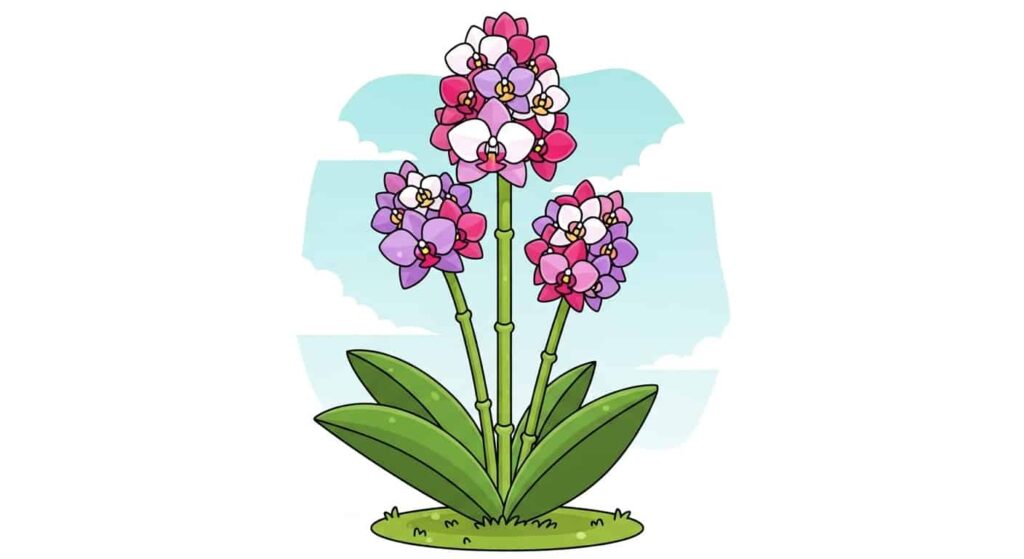
Dendrobiums are a vast and diverse group. They are often characterized by their tall canes (pseudobulbs) from which flowers emerge. They require a distinct resting period to thrive.
- Light: Bright, indirect light is crucial. A lightly shaded south or west-facing window works well.
- Water: Water generously during the growing season (spring and summer). In the fall, reduce watering significantly to initiate a dormant period, which is essential for flower production.
- Temperature: They enjoy warmer temperatures, similar to Phalaenopsis, but many types need a cool, dry winter rest to trigger blooming.
- Special Note: Do not cut the old canes after flowering; they store water and nutrients for the plant.
3. Cattleya Orchids

Often called the “Queen of Orchids,” Cattleyas are famous for their large, fragrant, and vibrant flowers. They were the classic corsage orchid for decades. Keeping this orchid alive requires more light than many other varieties.
- Light: High levels of bright, indirect light are a must. A south-facing window with some protection from the midday sun is ideal. Insufficient light is the top reason Cattleyas fail to bloom.
- Water: Water thoroughly and then allow the potting mix to dry out completely before watering again. Their thick pseudobulbs are excellent at storing water.
- Temperature: They prefer temperatures between 70-85°F (21-29°C) during the day and a 10-15°F drop at night.
4. Oncidium Orchids (Dancing Lady)
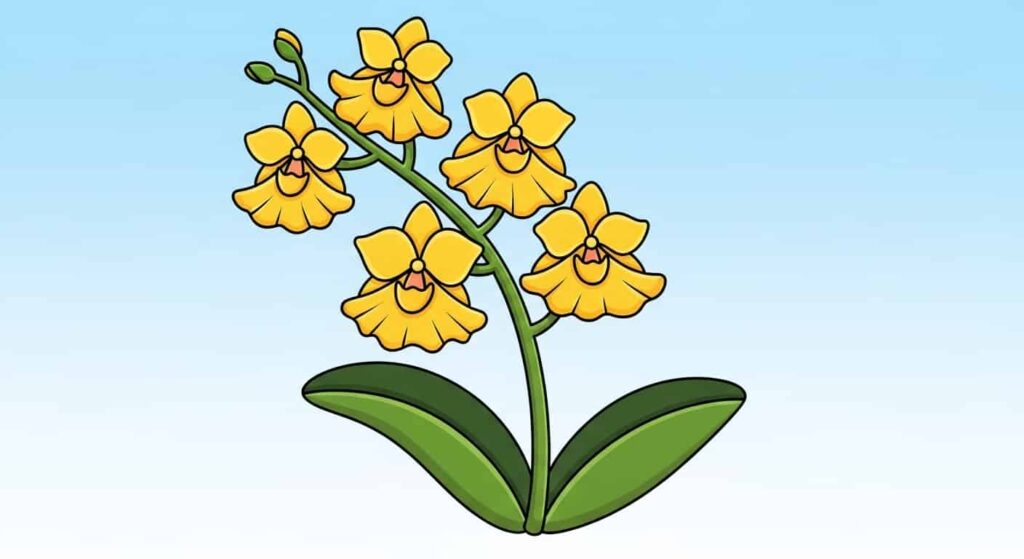
Oncidiums are known for their large sprays of smaller, often yellow and brown flowers that resemble dancing ladies. They have large pseudobulbs that give you a clear indication of their health.
- Light: They need bright, indirect light, similar to Cattleyas. An east, west, or shaded south window is suitable.
- Water: When in active growth, they prefer to be kept evenly moist but not soggy. When the pseudobulbs are plump, they are well-hydrated. If they start to look wrinkled, it’s a sign the plant is thirsty.
- Temperature: Intermediate temperatures ranging from 60-80°F (15-27°C) are perfect.
How to Keep an Orchid Alive: The Essential Care Toolkit
Now that we understand the ‘why,’ let’s focus on the ‘how.’ Learning how to keep an orchid alive comes down to mastering a few key practices. These tips apply broadly but can be tweaked based on your specific orchid variety.
1. Mastering the Art of Watering
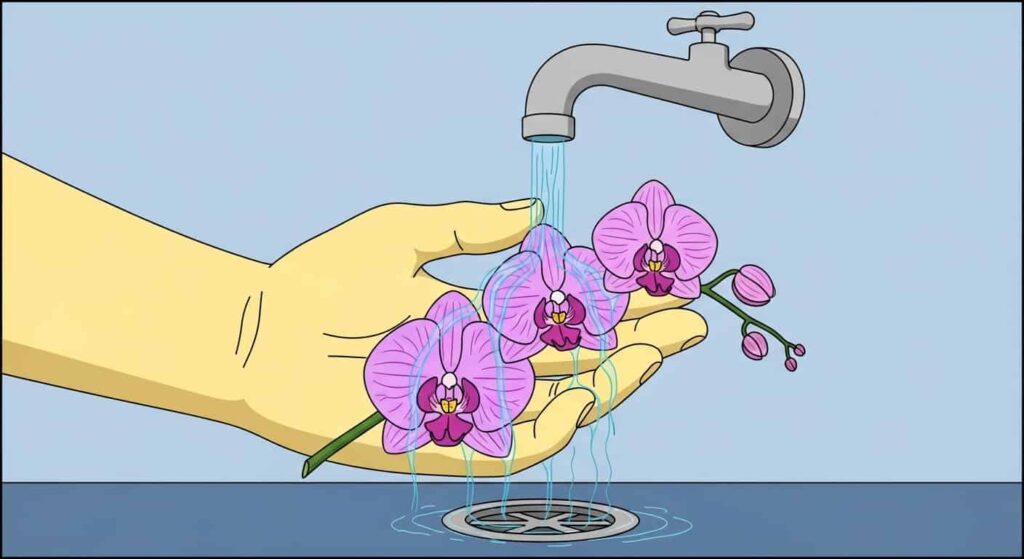
This is the most critical skill. Forget a weekly schedule. The best way to keep orchids alive is to check the plant itself.
- Check the Medium: Stick your finger about an inch into the potting mix. If it feels dry, it’s time to water. If you feel any moisture, wait a few more days.
- Observe the Roots: For orchids in clear pots, look at the roots. Bright green roots are hydrated. Silvery-grey roots are thirsty.
- Watering Technique: Take the plant to the sink and let lukewarm water run through the pot for about a minute, thoroughly drenching the roots and medium. Allow it to drain completely for at least 15 minutes before placing it back in its decorative pot. Never let an orchid sit in a saucer of water.
2. Providing the Perfect Light
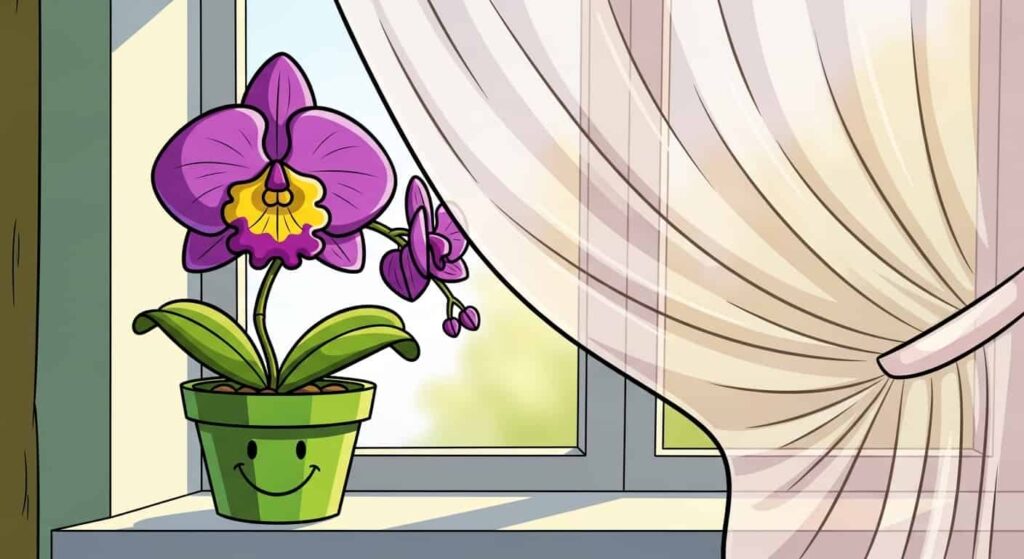
Light is food for your orchid. Finding the right balance is key to growing orchids successfully.
- The Ideal Spot: A south-facing window is often too intense unless filtered by a sheer curtain. An east-facing window provides gentle morning sun, which is ideal for many orchids. West-facing windows work if protected from the hot afternoon sun.
- Leaf Color is Your Guide: Healthy leaves should be a bright, olive green. Dark green leaves mean the plant isn’t getting enough light to bloom. Yellowish-green or red-tinged leaves indicate too much light.
3. Creating a Humid Haven
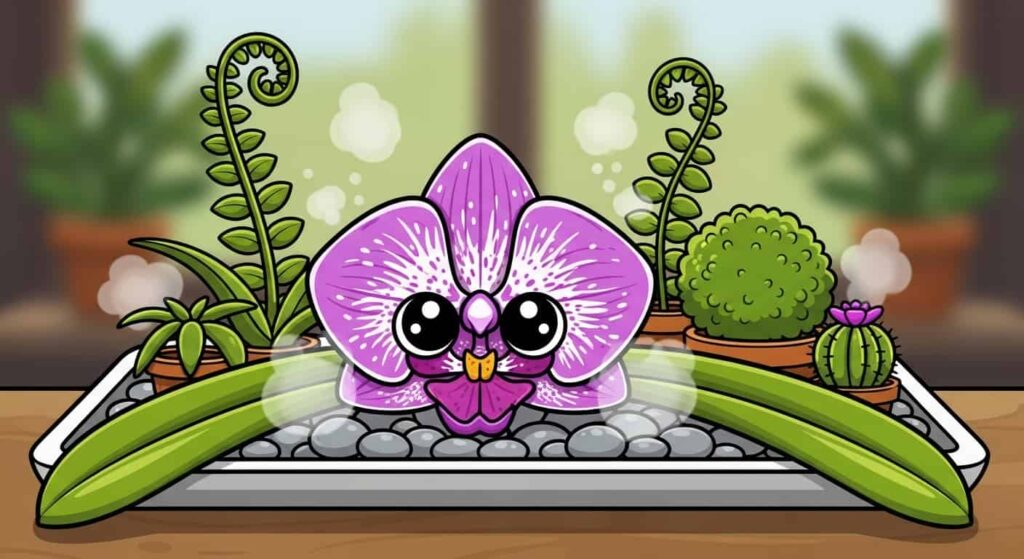
How do you keep orchids alive indoors when your home is dry? You can easily increase humidity.
- Humidity Trays: Place the pot on a tray filled with pebbles and water. The water will evaporate, raising the humidity around the plant. Ensure the bottom of the pot is sitting on the pebbles, not in the water.
- Grouping Plants: Grouping your orchid with other plants creates a small, humid microclimate.
- Misting: A light morning mist can help, but avoid spraying the flowers, as this can cause spotting. Also, ensure the leaves are dry by nightfall to prevent fungal issues.
4. The Right Pot and Potting Mix
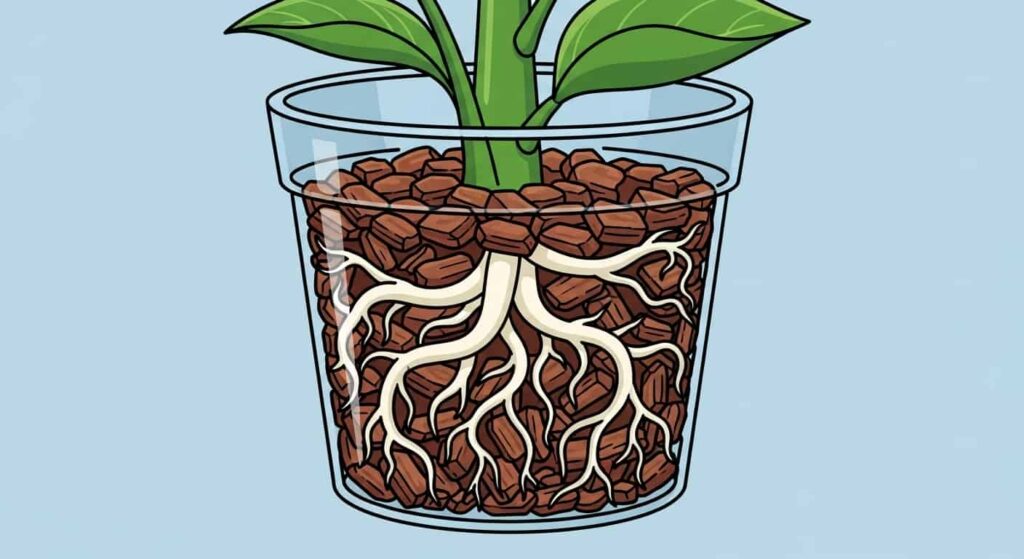
Never use standard potting soil. Orchids need a special mix that allows for excellent drainage and airflow.
- Potting Medium: Most commercial orchid mixes are made from fir bark, coconut husk chips, Sphagnum moss, or charcoal. Bark-based mixes provide great aeration but require more frequent watering. Sphagnum moss retains more moisture.
- Pot Selection: Use pots with ample drainage holes. Clear plastic pots are excellent for beginners as they allow you to monitor root health and moisture levels.
5. Fertilizing for Fabulous Blooms

Orchids benefit from regular feeding during their active growth periods (spring and summer).
- Choose the Right Fertilizer: Use a balanced orchid fertilizer (e.g., 20-20-20).
- “Weakly, Weekly”: A common mantra is to fertilize “weakly, weekly.” This means diluting the fertilizer to one-quarter or one-half of the recommended strength and applying it with every watering.
- Flush the System: Once a month, water the plant thoroughly with plain water to flush out any accumulated fertilizer salts.
Step-by-Step Guide to Repotting an Orchid
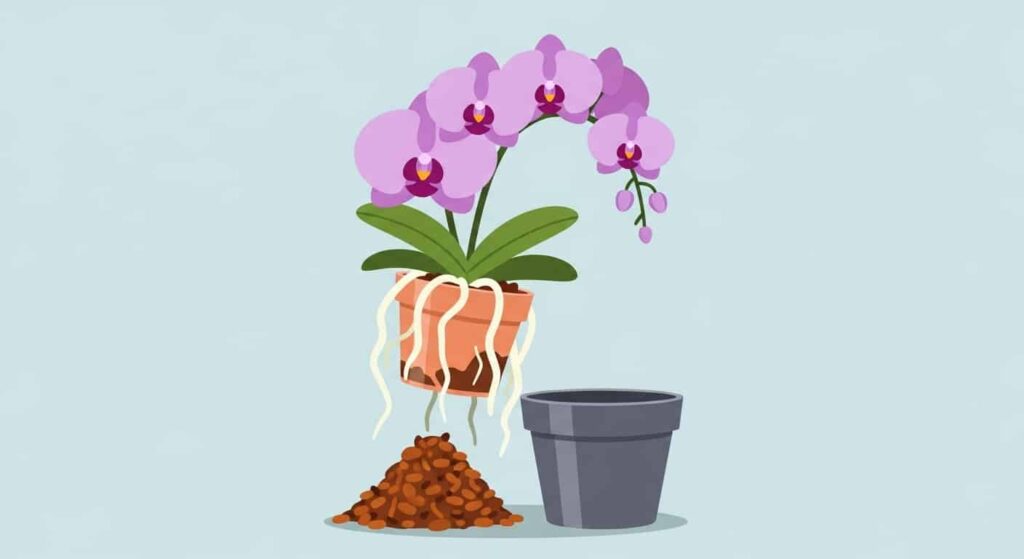
Repotting is a necessary step for keeping an orchid alive long-term. It should be done every 1-2 years, or when the potting medium has broken down and become dense, or when the plant has outgrown its pot. The best time to repot is just after it has finished blooming.
Materials You’ll Need:
- A new pot, slightly larger than the previous one
- Fresh orchid potting mix
- Sterilized scissors or pruning shears
- A bucket or tub
Step 1: Prepare the New Mix
If your mix is bark-based, soak it in water for a few hours (or overnight) before you begin. This helps it retain some initial moisture.
Step 2: Carefully Remove the Orchid
Gently squeeze the sides of the pot to loosen the roots. Tip the pot on its side and carefully slide the orchid out. The roots will likely be tangled and may even be attached to the pot. Work slowly to minimize damage.
Step 3: Clean and Inspect the Roots
This is the most important part. Gently tease away all the old potting medium from the roots. Once the roots are bare, inspect them closely.
- Healthy Roots: Plump, firm, and white or green.
- Dead Roots: Mushy, papery, brown, or black.
- Using your sterilized shears, trim away all the dead or rotting roots. Be ruthless; leaving dead roots will only cause problems later.
Step 4: Place the Orchid in the New Pot
Hold the orchid in the center of the new pot so that the base of the plant is just below the rim. Begin backfilling with the fresh, damp potting mix, gently working it around the roots with your fingers or a chopstick. You want the plant to be secure, but don’t pack the mix too tightly—remember, airflow is key.
Step 5: Post-Repotting Care
Do not water the orchid immediately after repotting. Wait about a week to allow any cuts on the roots to heal over. This prevents infection. Keep the plant in a slightly more shaded, humid area for a few weeks to help it recover from the stress of repotting.
Troubleshooting Guide: Solving Common Orchid Problems
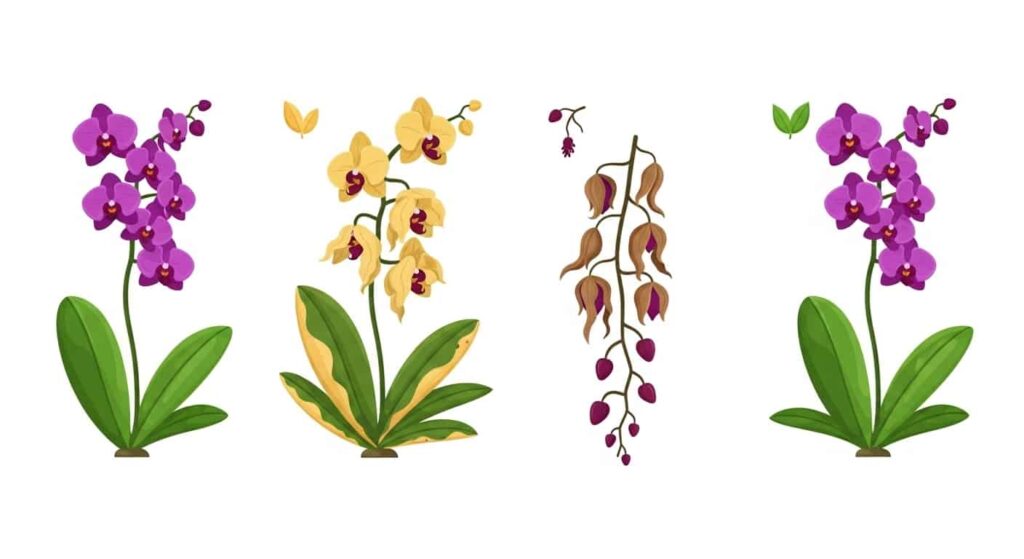
Even with perfect care, you may encounter issues. Here’s how to diagnose and fix them.
Problem 1: My Orchid Won’t Rebloom
This is a common frustration. How do I keep my orchid alive and get it to flower again?
- Cause: Insufficient light is the #1 reason. The second is a lack of temperature fluctuation.
- Solution: Move the plant to a brighter location, such as an east or south-facing window. For Phalaenopsis, induce blooming by ensuring nighttime temperatures drop by 10-15°F for several weeks in the fall.
Problem 2: The Leaves are Turning Yellow
- Cause 1: Overwatering. If the lower leaves are turning yellow and the roots are mushy, you are watering too much.
- Solution: Allow the plant to dry out completely. You may need to repot it into fresh medium if root rot is severe.
- Cause 2: Natural Aging. It’s normal for the oldest leaf at the bottom of the plant to yellow and fall off occasionally as the plant grows new ones. This is not a cause for concern.
- Cause 3: Sunburn. If the yellowing is on the upper leaves and accompanied by brown, dry patches, the plant is getting too much direct sunlight.
- Solution: Move it to a location with less direct sunlight.
Problem 3: The Flower Buds are Falling Off (Bud Blast)
- Cause: The plant is stressed. This can be due to a sudden change in environment (like moving it from the store to your home), drafts, low humidity, or improper watering.
- Solution: Stabilize the plant’s environment. Keep it away from drafts, increase humidity, and maintain a consistent watering schedule.
Problem 4: Wrinkled, Leathery Leaves
- Cause: This is a sign of dehydration. The confusing part is that it can be caused by both underwatering and overwatering. If you’ve overwatered, the roots have rotted and can no longer absorb water, leading to dehydration.
- Solution: Check the roots. If they are dry and shriveled, you need to water more frequently. If they are brown and mushy, you’ve overwatered. In this case, you must repot the plant, trimming off all the dead roots.
Real-World Orchid Success: Marc Hachadourian’s Approach

For a true success story and expert guidance, look to Marc Hachadourian, senior curator at the New York Botanical Garden and author of Orchid Modern. Marc has overseen thousands of thriving orchids, from Phalaenopsis (“moth orchids”) to more exotic species, and regularly shares practical tips that help both novices and seasoned growers succeed.
Marc emphasizes that orchids—especially those bred for the mass market, like Phalaenopsis—are often more adaptable and “survivors” than many people think. The secret is mimicking their natural habitat: providing bright but indirect light (like a shaded south-facing window), allowing the potting medium to approach dryness between waterings, and embracing humidity through methods like grouping plants or using humidity trays. He recommends the “weakly, weekly” fertilization approach: feed orchids with a diluted solution frequently rather than in large doses.
Most importantly, Marc notes that attention during the non-blooming period—making sure your orchid receives sufficient light, water, and nutrients year-round—plays a vital role in helping the plant rebloom. As he shares in his interview, armed with a little observation and care tailored to their unique needs, most people can keep their orchids alive and flourishing, even through the challenges of the average home environment.
For more on Marc’s real-world advice and detailed success strategies, read the full interview: Success (and Flair) with Orchids: ‘Orchid Modern,’ with NYBG’s Marc Hachadourian.
Conclusion: You Can Keep an Orchid Alive!
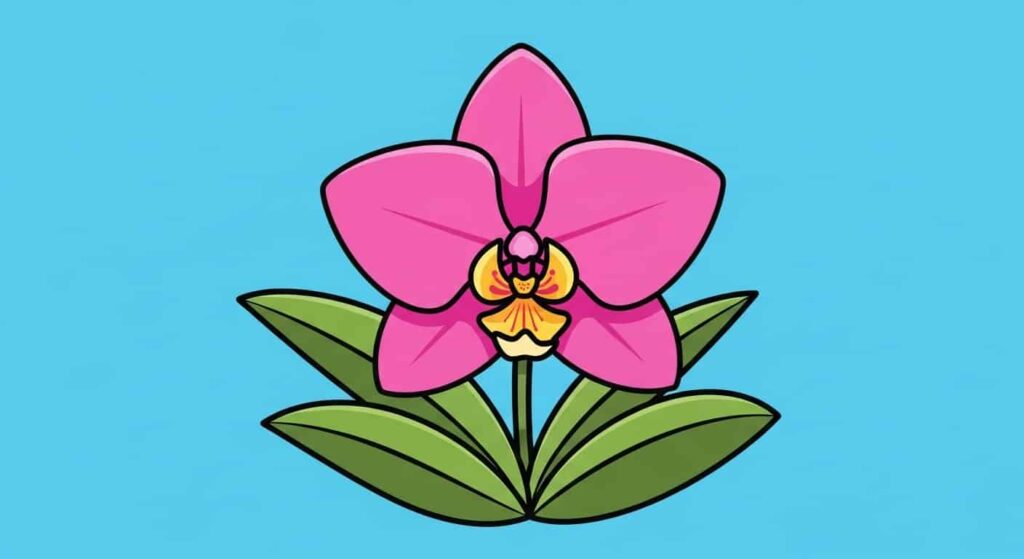
The reputation that orchids have for being fussy and difficult is only half the story. While it’s true that you can’t treat them like a typical houseplant, they are not impossible to care for. The journey of learning how to keep an orchid alive is one of observation, patience, and understanding.
By providing the right light, mastering the watering technique, ensuring adequate humidity, and giving them room to breathe in a proper potting mix, you can successfully move past the question, “Why are orchids so hard to keep alive?” and into the rewarding world of growing these magnificent plants. With this guide in hand, you have all the tools you need to not only keep your orchid alive but to help it flourish for years to come.
Frequently Asked Questions (FAQ) Section
How do I keep my orchid alive indoors?
To keep indoor orchids alive, focus on the basics: provide bright, indirect light; water only when the medium is dry; ensure high humidity; and use a well-draining orchid potting mix.
How hard is it to keep an orchid alive?
It can be challenging initially because their care is counterintuitive to standard houseplants. However, once you understand their needs for airflow, light, and specific watering, it becomes much easier. Are orchids easy to keep alive? With practice, yes.
What is the best way to keep orchids alive?
The best method is to be observant. Don’t rely on a strict schedule. Check your plant’s roots and potting medium regularly to determine its needs for water and light. Mimicking its natural environment is the ultimate goal.
Why are my orchid’s roots growing out of the pot?
These are aerial roots, and this is completely normal and healthy! In their natural habitat, orchids use these roots to anchor themselves to trees and absorb moisture from the air. Do not cut them.
Should I use ice cubes to water my orchid?
This is a popular but controversial tip. While it can prevent overwatering, the extreme cold can shock the tropical plant’s root system. The plant should be watered thoroughly with lukewarm water.
How do I keep an orchid plant alive after the flowers fall off?
Don’t throw it away! The plant is just entering a resting phase. Continue your care routine. You can cut the flower spike back. Some people cut it just above a node (the small bumps on the stem) to encourage a new branch, while others cut it all the way back to the base to let the plant focus its energy on root and leaf growth.

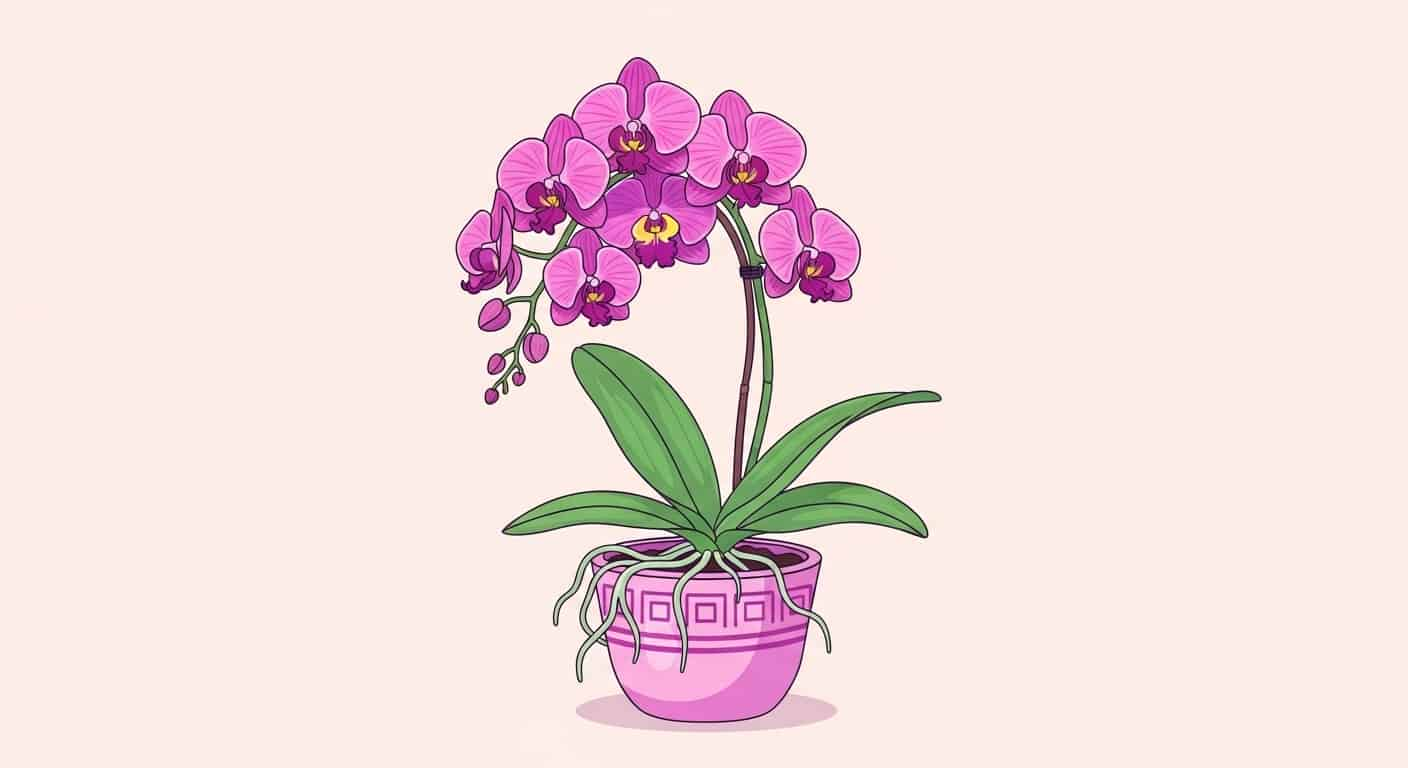
Leave a Reply to Snake Plant Care: 12 Ultimate Tips to Keep Your Sansevieria Thriving – Indoor Plant Nook Cancel reply